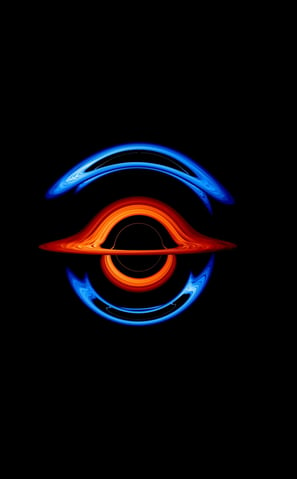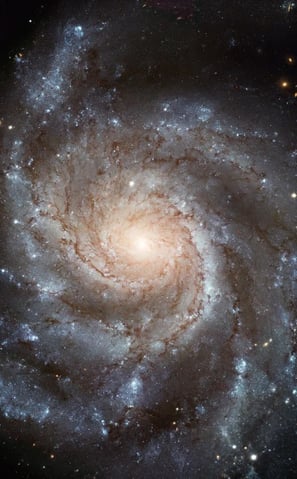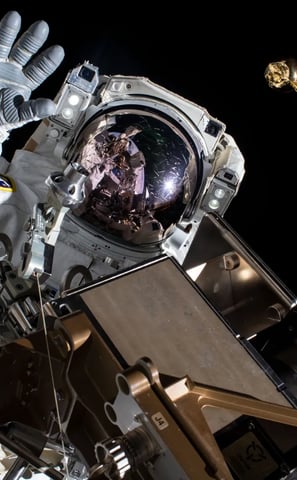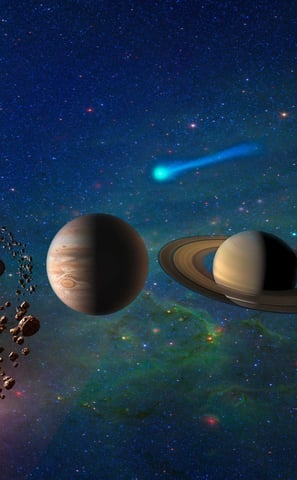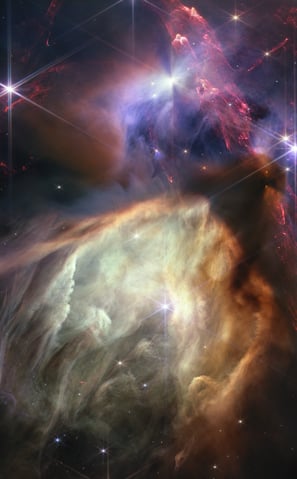Pakistan's Aerospace Future
Curiosity. Innovation. Inspiration.
Featured News


NASA Welcomes Bangladesh as Newest Artemis Accords Signatory


NASA’s First Flight With Crew Important Step on Long-term Return to the Moon, Missions to Mars
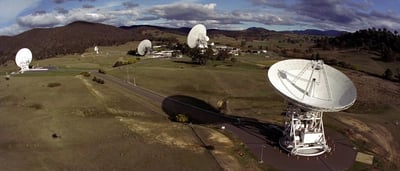



NASA’s Deep Space Network Starts New Dish, Marks 60 Years in Australia
Eclipses, Science, NASA Firsts: Heliophysics Big Year Highlights
NASA to Kick Off 31st Annual Rover Competition
NEWS RELEASE








3 MIN READ
Connected Learning Ecosystems: Educators...
Sols 4502-4504: Sneaking Past Devil’s Gate
What’s Up: April 2025 Skywatching Tips from...
5 MIN READ
3 MIN READ
6 MIN READ
ARTICLE
ARTICLE
ARTICLE
NEWS RELEASE
ARTICLE
ARTICLE
ARTICLE
3 MIN READ
9 MIN READ
6 MIN READ
5 MIN READ
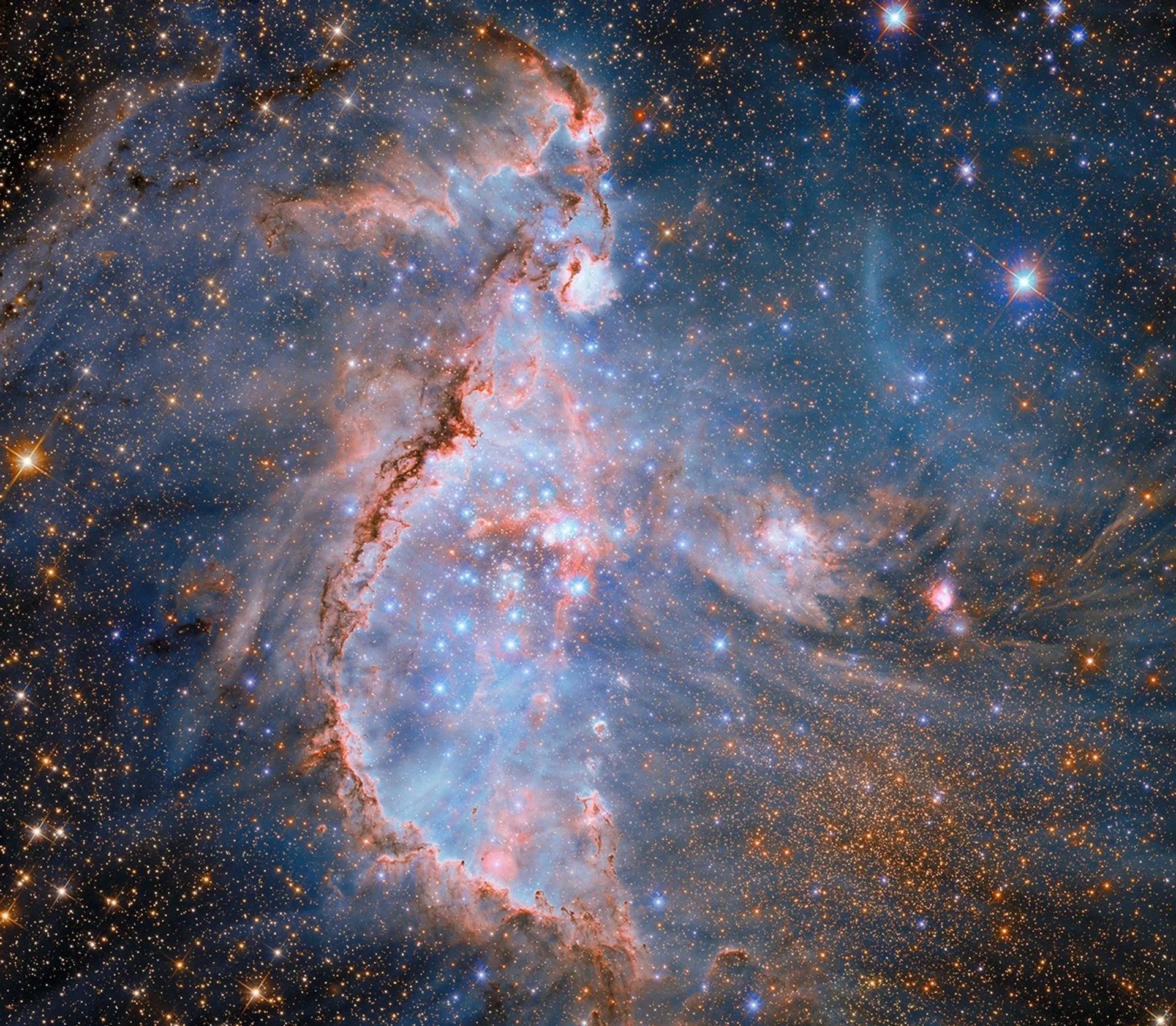
Stellar
Sculptors
This new image of young star cluster NGC 346 is the first to combine Hubble Space Telescope observations made at infrared, optical, and ultraviolet wavelengths into an intricately detailed view of this vibrant star-forming factory.
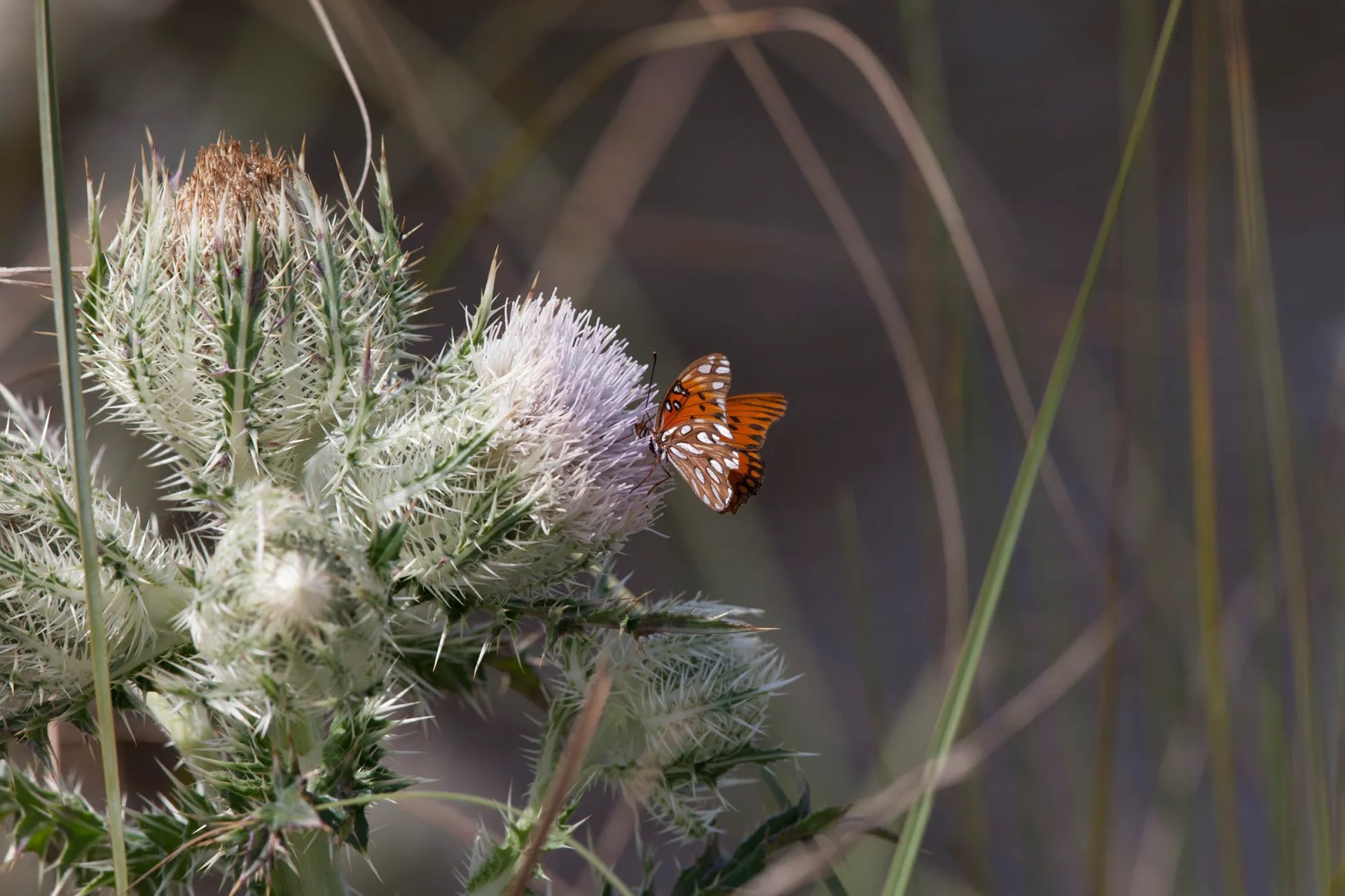
Earth Information Center
For more than 50 years, NASA satellites have provided data on Earth's land, water, air, temperature, and climate. NASA's Earth Information Center allows visitors to see how our planet is changing in six key areas: sea level rise and coastal impacts, health and air quality, wildfires, greenhouse gases, sustainable energy, and agriculture.
Image of the Day
This March 4, 2020, image shows Deep Space Station 43, a 70-meter-wide (230-feet-wide) radio antenna at NASA’s Deep Space Network facility in Canberra, Australia. The facility celebrated its 60th anniversary on March 19, 2025, while also breaking ground on a new radio antenna. The pair of achievements are major milestones for the network, which communicates with spacecraft all over the solar system using giant dish antennas located at three complexes around the globe.
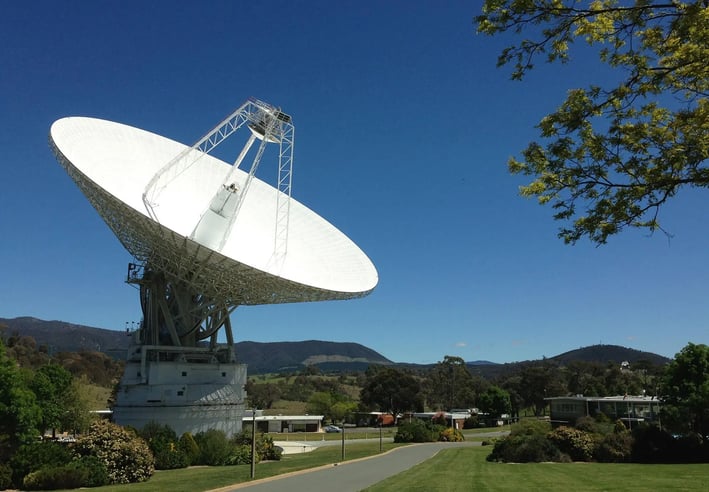

Today
Sixty Years in Canberra: NASA’s Deep Space Network
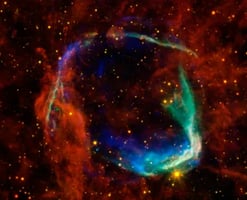


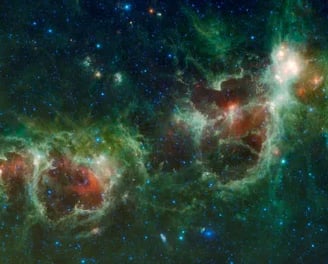

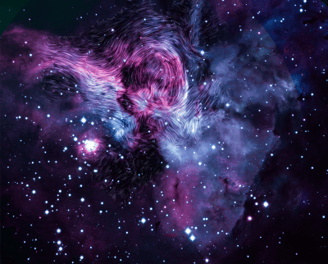









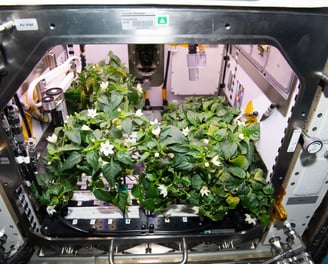


More Rocket Boys Images
Plants Gallery
Stars Gallery
Astranout Selfies Gallery
42 Images
1729 Images
69 Images
Do Rocket Science!
Use this space to introduce yourself or your business to site visitors. Share who you are, what you do, and the purpose of this website. Feel free to include your background, experiences, and any unique aspects that set your business apart. Highlight your mission, values, and the benefits your customers can expect.
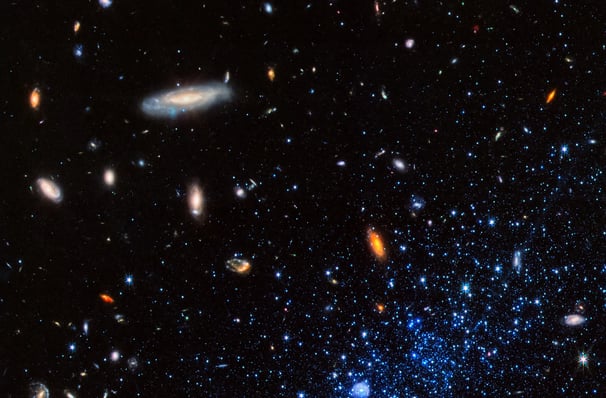

Join Us
Find Your Project
Gateway to learn about ROCKETRY
A portion of the Leo P dwarf galaxy (seen as blue stars) as well as many background galaxies, imaged by the James Webb Space Telescope in the infrared. NASA, ESA, CSA, K. McQuinn (STScI), J. DePasquale (STScI)

Explore the Universe from your Inbox
Stay up-to-date on the latest news from NASA–from Earth to the Moon, the Solar System and beyond.
We will never share your email address. Privacy Policy

